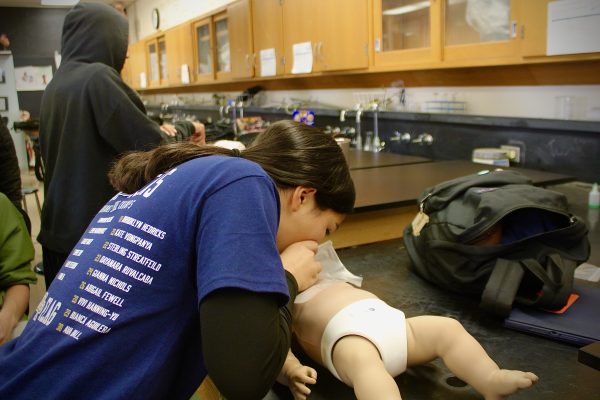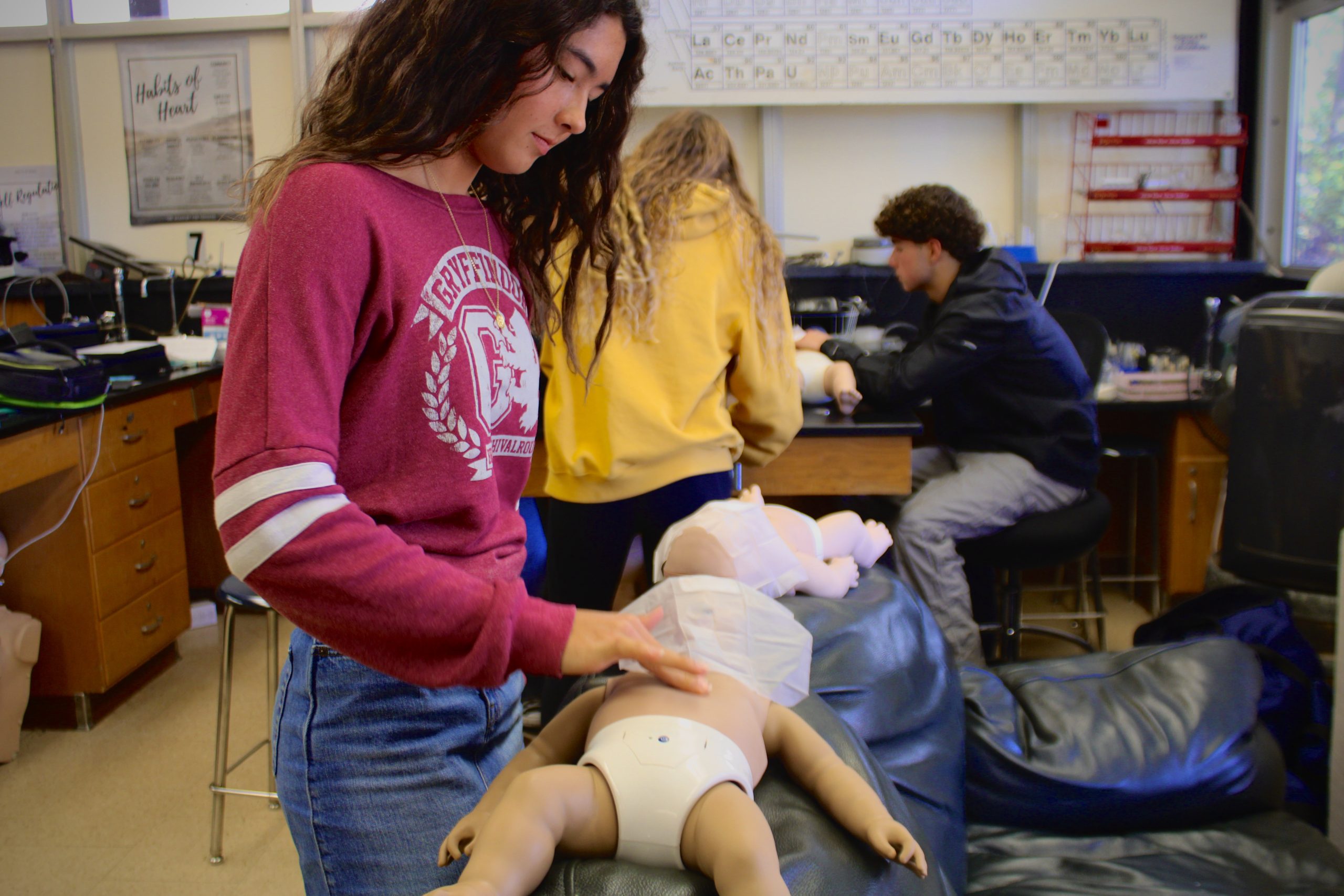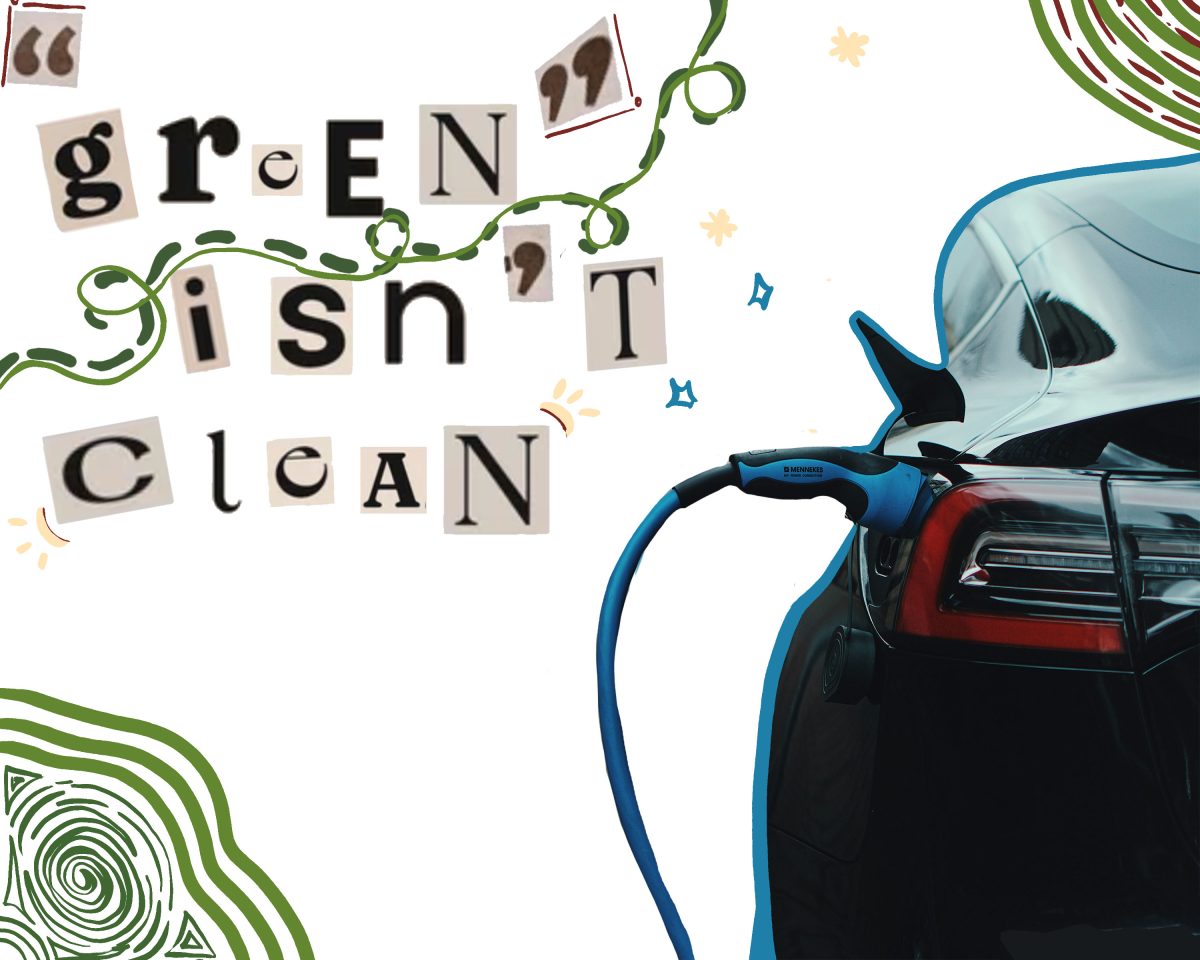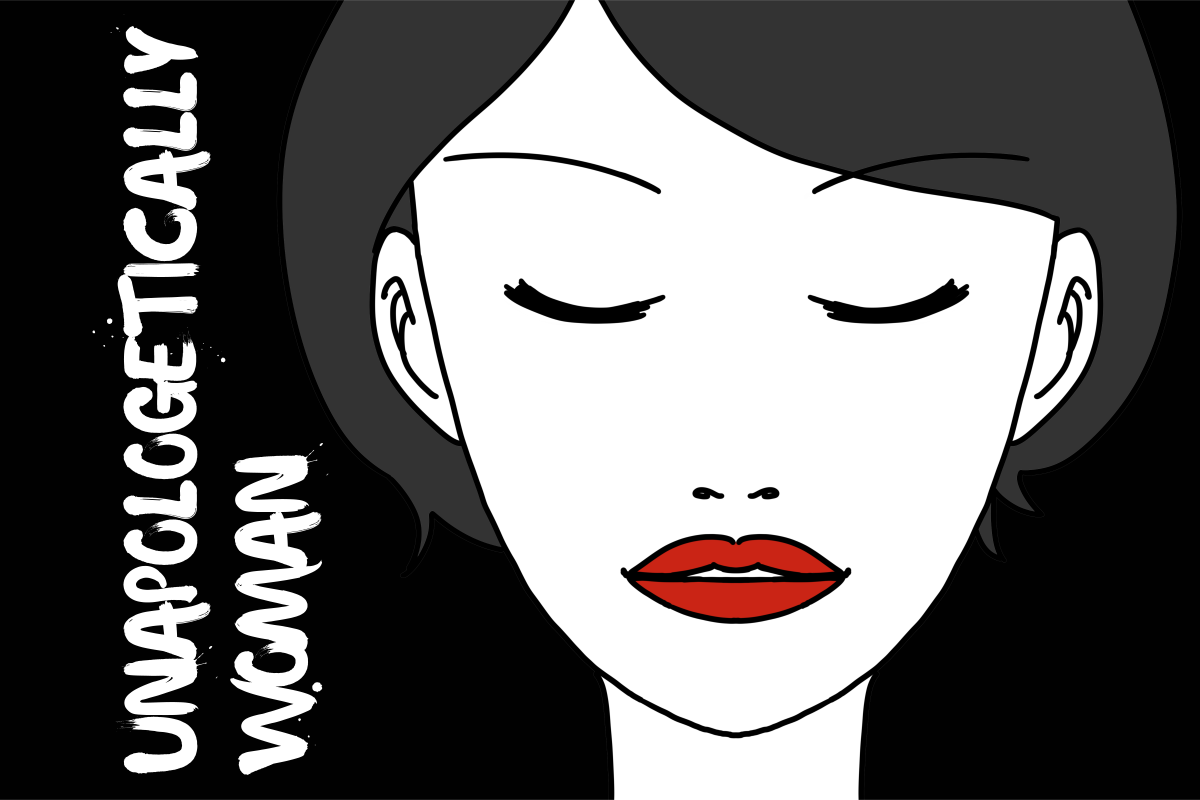Classes that have endless paperwork, no time for team discussions, or have to take quiz after quiz, sound boring, but Dos Pueblos’s medical biology class is quite the opposite.
The differences between biology and medical biology studies are visible, but in case some people don’t know the differences:
Biology, according to LibreText Biology, is the study of life and living organisms. It teaches how organisms are built, how they work, grow, survive, evolve, and the unit life of cells, genes, and evolution.

Medical biology explores how organisms work, the causes and symptoms of diseases, and how genetics function. It focuses on areas of medicine, health care, and laboratory diagnostics.
Taking medical biology can help a lot, even without an intention to major in medical studies or become a doctor. Adela Garza-Zizumbo (10), a past medical biology student, liked the class and would recommend it to other students.
“It was really interesting learning about the immune system and … blood types and how different medications can affect the health of others,” Garza-Zizumbo said.
In addition to those subjects, students learn about bones, muscles, tendons, and ligaments. They also learn about the nervous system, which helps students understand how their brains work, and how their bodies react to the commands from their minds.
Taking medical biology can also help students learn important life skills in case of emergencies. These skills include the Heimlich maneuver, how to give mouth-to-mouth, and how to perform CPR to all ages. Students also earn a certificate of achievement for all the new skills learned.

“I loved how interactive it was … and how much you use it in the real world,” said another past medical biology student, Grace McElroy (11).
Not only do students learn about the function of bodily systems and are certified in CPR, but they also run experiments, called “lab jobs,” to explore the properties of medications and the effects of types of diseases. Students also work on projects such as identifying the inside parts of the body.
“My favorite activity was probably the dissection of the baby pig,” Kyara Panny (10) said, a former medical biology student.
As well as being an academic course, it gives students a small classroom community. Former students describe the course as engaging and interactive, with a fun and safe environment. These students also thought that Michael Lynch, the medical biology educator, is a good and engaging teacher, who greets students with a big smile and shakes students’ hand when they enter the energetic classroom.
“I love the way he … gets involved with everyone and really builds a good relationship with every student,” McElroy said.








